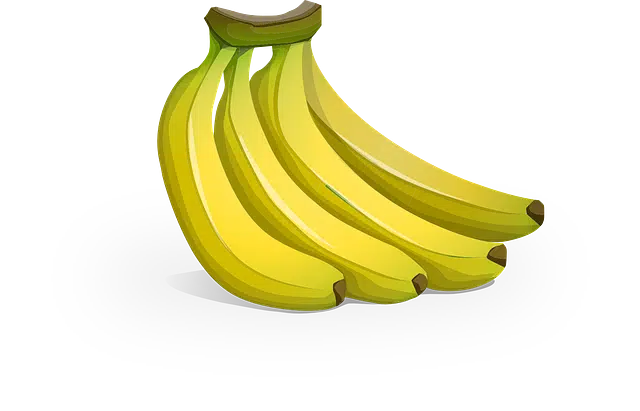
Description for children is usually an exercise where students are asked to describe an image.
To discover the meaning of the term description for children, it is necessary to know, first of all, the etymological origin of the two most important words that give it shape:
-Description comes from Latin, exactly from the word “descriptio”, which has been formed from the sum of three components: the prefix “de-”, which indicates direction from top to bottom; the verb “scribere”, which means “to write”; and the suffix “-cion”, which is used to indicate “action and effect”.
-Children, secondly, also derives from Latin. In his case, it emanates from “ninno, ninnus”, which is equivalent to “boy” or “baby”.
A description is a narrative about the appearance, appearance, or characteristics of something or someone. Describing, therefore, consists of detailing features through language.
What is a description for children
The idea of description for children , in this framework, is usually used with respect to the educational exercise that consists of asking students to describe a certain image . In this way, students must use their expressive skills to put into words what they interpret from the drawing or portrait in question.
The characteristics of the description for children vary according to ages. Many times templates with guidelines or postulates are used for the children to develop their description. One template, for example, may feature a drawing of a lion in the jungle with questions such as “What color is the lion?” , “What is its size?” , “How many legs does it have?” , "Where you live?" , etc. Children must answer these questions as they develop a written description.

"The elephant is an animal with big ears and a long trunk" is an example of a description for children.
Some examples
Thus, for example, in the description for children about these animals, they must answer questions such as the type of animal, what it eats, its color, the size of its ears or its snout...
If they are people, what they should do is indicate their height, skin color, shape, color and size of their hair... In the case that they are objects, the ideal is for them to indicate the shape, the color, the size, what it is for, the material it is made with...
If you work with places, in that case the description for children should include aspects such as whether it is big or small, whether it is inside or outside a construction, what activities can be done there...
Description for children as text
The concept of description for children, on the other hand, can be linked to a descriptive text aimed at child readers. In this case, children are not those who produce the description, but rather those who consume it.
These descriptions aimed at children must be carried out with simple and clear language , according to the intellectual and emotional development of the child. A description of a house for children might say “The house is big, it has white walls and its roof is red.” On the other hand, if the description is addressed to an adult, it could say “The house is large in size, with walls covered with white siding and a red tile roof.”
